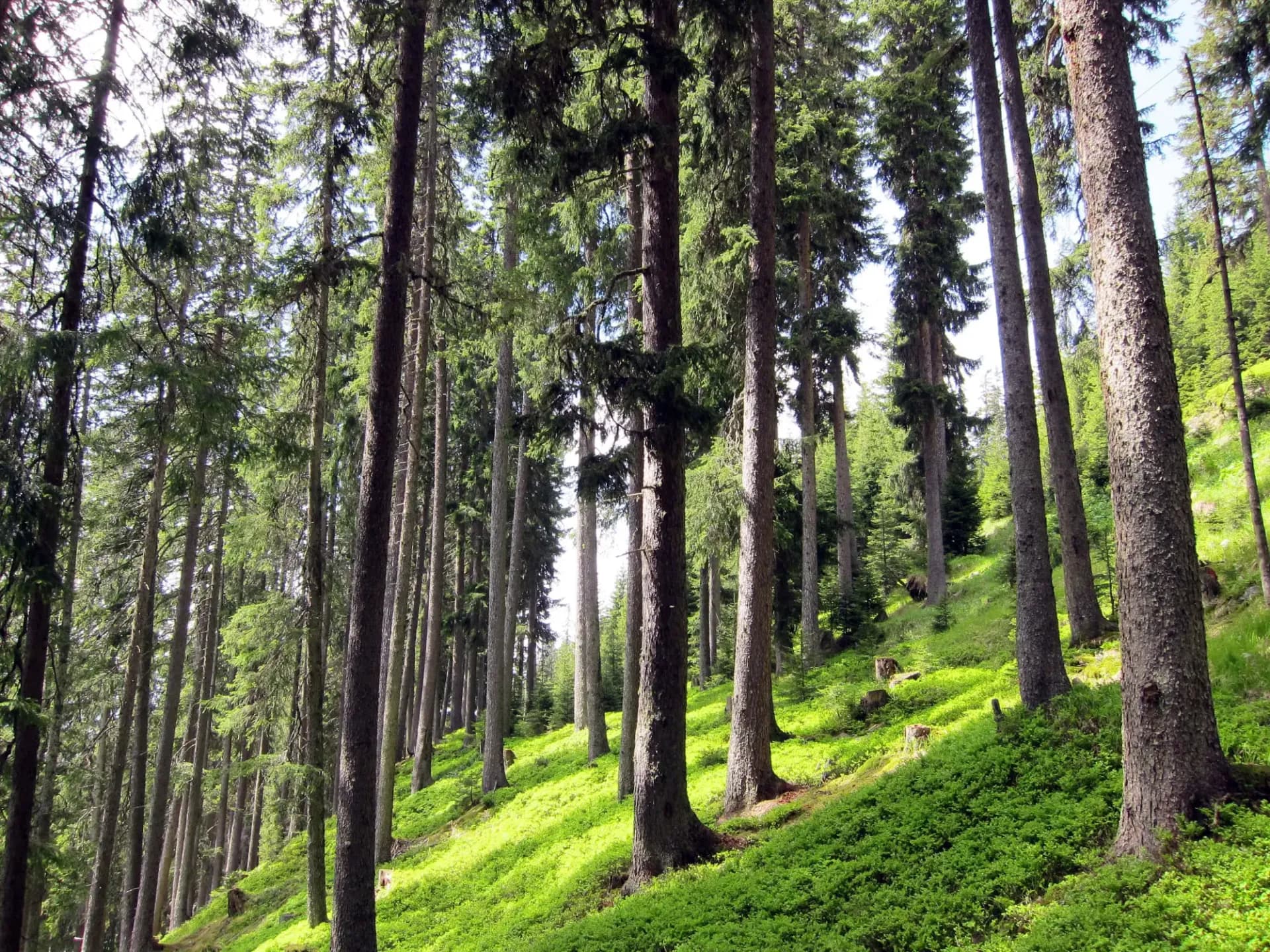
Stand Montafon
Project Infos
Project Area
6,480 ha
Location
Montafon
Project Start Date
January 2022
Project Time Span
30 years
Project Type
IFM - Conservation
Project Developer
Tree.ly, Dornbirn
Verification Standard
SILVACONSULT® Forest Carbon Standard, ISO 14064-2

Credits available
Risk Buffer Share
10%
Milestones
Project-Timeline

09. February 2023
Successful verification

01. December 2022

Forest audit in the Stand Montafon forests

24. January 2022
Feasibility study completed
Forest Climate Protection Project
A forest with special features
Support Forests in Your Region
Buy regional credits to make a valuable contribution to the current climate problem.

Maximilian Venhofen
Carbon Credit Specialist

Special biodiversity
The comparatively unspoilt mountain forests provide a special habitat for rare species of orchids, mosses and lichens. In addition to hoofed game such as chamois, rare bird species such as capercaillie and black grouse are also at home in the Montafon. Recently, large predators such as the lynx and wolf have also been reported.

Forest education
The Montafon Forest School was founded at the instigation of the Forest Fund. Classic forest tours as well as the mountain forest project and the junior forester take place in the state forest.

Special protective function
With 90 % protection forest, the Stand Montafon forest protects the Montafon from avalanches as well as flood and rockfall events.
Genuine
Meaningful actions with your money

Forest Restructuring
Monoculture stands are being converted into climate-resilient mixed forests.

Reforestation
Reforestation in the entire forest with a focus on climate-resistant tree species.

Regeneration
The encouragement of hunting in the Silbertal favors the natural regeneration of the forest.

Conservation
Biodiversity enhancement, deadwood, water protection.

Protection Forests
Supporting the forest's protective function against avalanches, landslides, etc.

Harvesting
Supporting the forest's protective function against avalanches, landslides, etc.

Forest Infrastructure
Construction of walkways and forest roads as well as maintenance of access roads. This ensures faster processing of damaged timber and more intensive maintenance of the protection forests that are necessary for regeneration.
Problems
Insight into the challenges

Overaged Protective Forest/ Preservation of Protective Function
An overaged protection forest may provide less diverse habitats, often have a lower natural regenerative capacity, and the germination capacity of trees decreases, making regeneration more difficult.

Damaged Wood
Insects, fungi or other pests can infest entire forest areas and weaken or kill trees. Dead trees lose their ability to store carbon, contributing to the release of carbon dioxide back into the atmosphere. Currently, 20,000 cubic meters of damaged wood from a windthrow in 2023 are being processed.
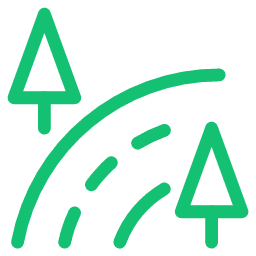
Difficult access situation
Due to the extreme terrain in the Montafon forest, the accessibility of the forest proves to be extremely difficult. The complex management of the steep terrain is difficult to cover costs. This results in old stands with large stocks.

Climate Change
Climate changes such as altered precipitation patterns, higher temperatures, and extreme weather events affect the health and growth of forests. They become more susceptible to disease and their ability to store CO₂ is impaired.
SUSTAINABLE DEVELOPMENT GOALS
How this projects supports the SDG’s
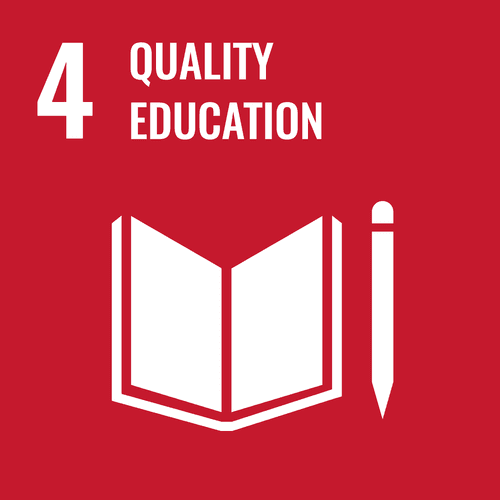
SDG 4
Quality Education
Continuous forest education is undertaken here in the form of excursions for school classes of different ages all around Vorarlberg.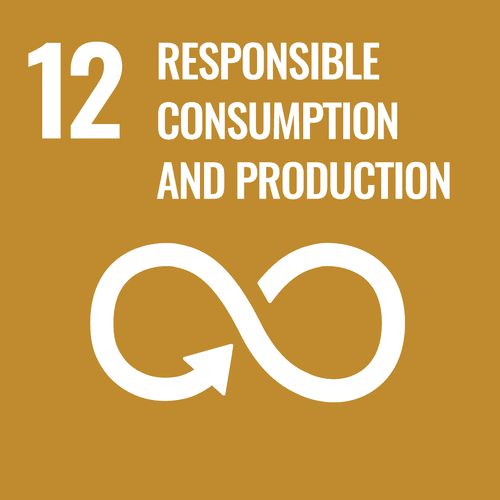
SDG 12
Responsible Consumption and Production
For almost two centuries, the foresters of Stand Montafon have dedicated their lives to ensuring their forests can be resiliently passed on to the next generation.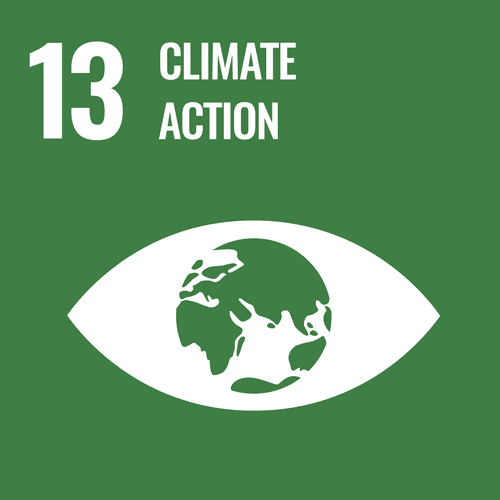
SDG 13
Climate Action
The climate protection project and the commitment not to fall below a certain stock level within the next 30 years will help to preserve the carbon sink in the forest.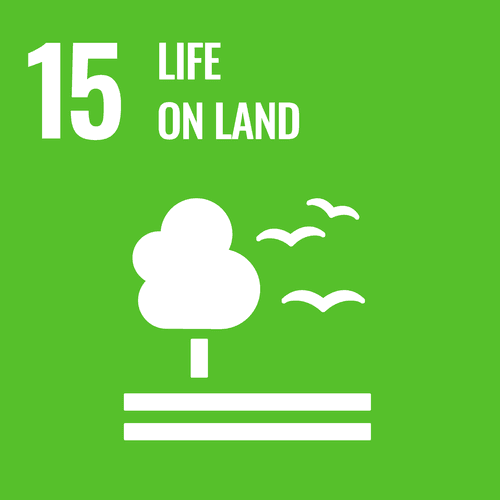
SDG 15
Life on Land
There are various forest types found here, including an impressive gypsum doline spruce forest which is unique for the whole region and is home to numerous rare and highly specialised animal and plant species.
ISO 14064-2:2019 Based Methodology
Our projects use the "SILVACONSULT® Forest Carbon Standard" methodology according to ISO 14064-2:2019, which ensures that companies follow transparent and consistent methods to measure and report their emissions.

Externally Certified Projects
In cooperation with our partner, we organize the validation of our projects by an external certifier such as TÜV Austria. We then coordinate the annual monitoring by the certifier as well as the marketing and distribution of the verified climate protection services (VER).
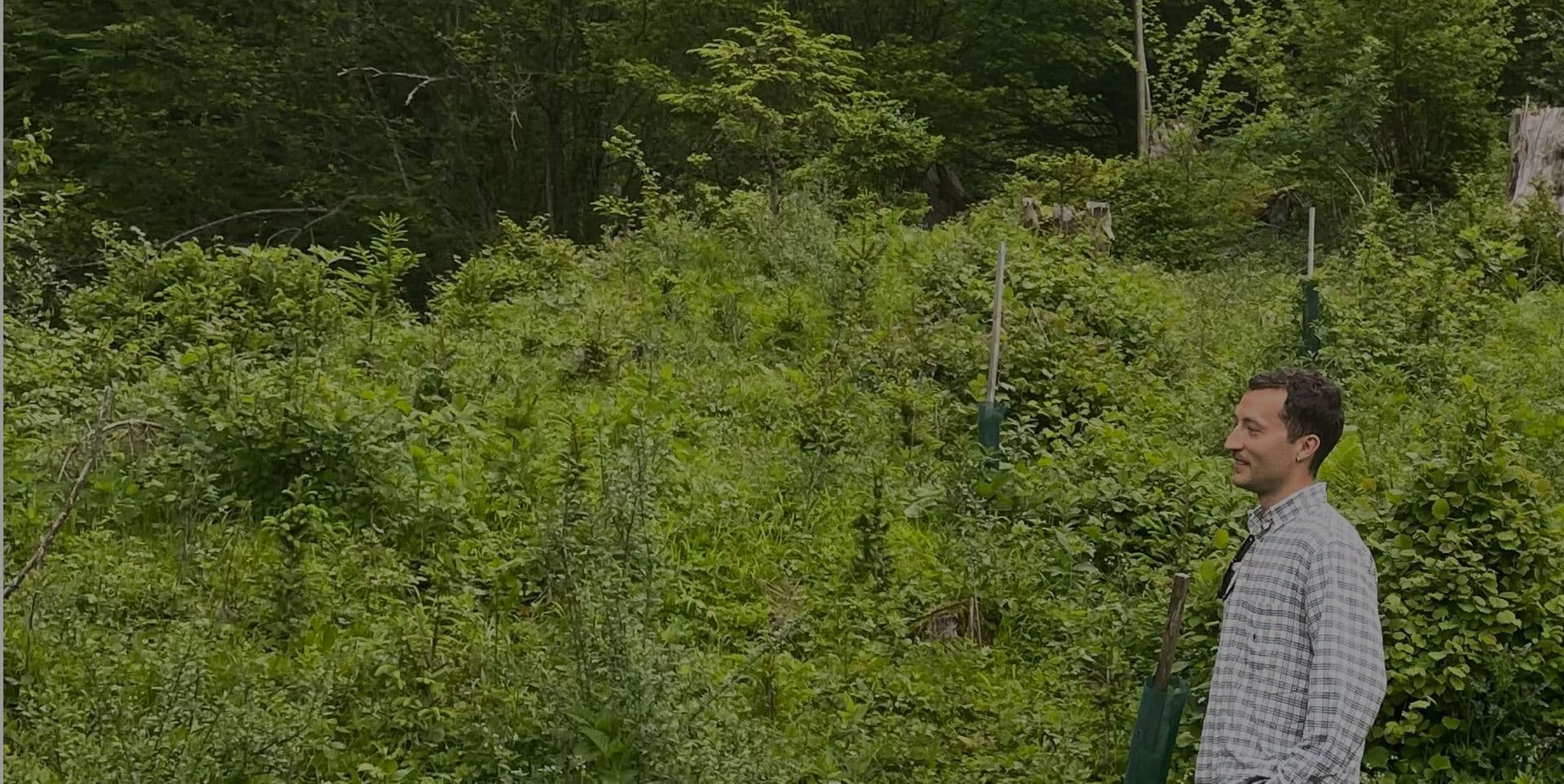
Forest Climate Protection with Tree.ly

